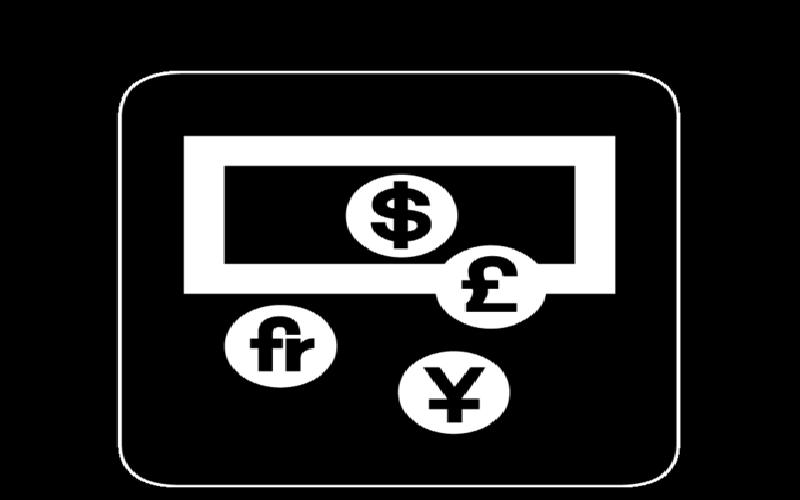Risks of multicurrency international financial system


The existing international financial architecture, based on multiple currencies controlled by different countries is too risky for the global economy, and in many ways, is holding it back from achieving its true potential. While the needs of a single global currency are more than obvious, the existing political obstacles are likely to make any solution impractical.
The Euro witnessed many problems during the last decade. While its problems relate to depreciation, Japanese Yen often faced a problem of appreciation. Both affect fortunes of people who are just caught in the crossfire of currency fluctuations. Then there are risks of speculation led bubbles and bursts ... and finally ... what if the dollar broke down? The multicurrency system of our times is not in tune with the requirements of increasing globalization, but do we have an alternative.......
The Last Currency Crisis
The last time a major crisis erupted due to currency fluctuations, was during the Asian Financial Crisis in 1997.
It was a 'crisis in a paradox', as just before that, the Asian tigers were being hailed as the next star economic performers. To some extent, it was their rising prospects, which attracted the attention of speculators, and speculative investments combined with immature financial institutions and a roll-over debt structure of corporate financing resulted in the eventual currency crisis, that shook half of the world.
If there is one thing that could have averted the Asian Financial Crisis then, it is the single global currency.
The Risks of Multi-Currency System
A multi-currency international financial system is full of inherent risks because the valuation of one currency in terms of another currency is always full of imperfections and instabilities and is hence risky. Businesses are forced to spend money to hedge against this risk, which only gets added in the price of goods or services, the higher cost of which impedes international trade growth.
A Hedging Tax
Hedging against the risks of currency fluctuations is like a tax, paid to those who insure you against such risk. However, if it was only a tax, it would not be so bad. The real problem is that those who insure you against this risk are also not very reliable, and what is worse - the risk of their going bust, or just disappearing in thin air can neither be quantified nor insured against.
Currency Risks – A Barrier to International Trade
As Internet commerce takes over, the globe is going to get reduced to the size of a small pond, and international trade has the potential of completely overtaking the barriers of political boundaries. Such globalization will add to the consumer's welfare as well as the producer's surplus and ultimately lead to overall human welfare. Among the factors that stand today between this welfare of humanity and the people is the barrier of currencies. The multi-currency international financial system prevents this welfare from actually getting realized.
The threat to the current global economy from the multi-currency system today is far more serious than the Asian Financial Crisis. It is the possibility of great volatility or instability of US dollar combined with Chinese currency that fluctuates with it due to the linkages between the two, that threatens to upset the economic growth seen in the last few years. A few years back, the world did go through such a scare. Even though the fears did not really materialize, it is not difficult to see that the multi-currency international financial system is far from a satisfactory state.
Is there an Alternative
As of now, the international currency scenario is dominated by a handful of currencies, with dollar ruling the roost. Each of these currencies, however, is controlled by a nation. In a highly politicized world, it is difficult for others to give up their national currency just for the benefits of the global currency. One must not forget that currency is associated with the seigniorage benefits, which are cornered today by the owners of the major currencies of the world.
Another important obstacle in having a single global currency is the actual or perceived need of countries for independence in monetary policy. One can say that larger a country’s economy, greater is the need for such independence. We have, of course, the example of Euro zone which has adapted a single currency, but then the last decade has also witnessed several problems that are associated with the clubbing of single monetary policy with independent fiscal policies. Since most countries prefer to see the two as balancing forces, having one of them fixed and beyond your control can severely impact policy space available to policy makers.
All in all, with political one-upmanship becoming more prominent in the last few years, the obstacles to conceptualization of single currency have further receded.
Epilogue
It is not difficult to see that a single global currency can give the global economy a big boost. However, it may be easier said than done. One can conclude though, that in spite of all the troubles, it is definitely worth the trouble.
The cost concept is one of the basic underlying guidelines in accounting and understanding which enables accountants to maintain the accuracy in the profession. Below article discusses the cost concept in brief. .
Externalities are social costs and benefits that are not internalized by market price. These costs or benefits on society make the free market process inefficient, and constitute market failures, thereby justifying government intervention in markets.
Rational expectations theory has been the pillar on which most economic research has been carried out during the last few decades. It is a concept that practically reduced human behavior to mathematical equations and statistical figures.